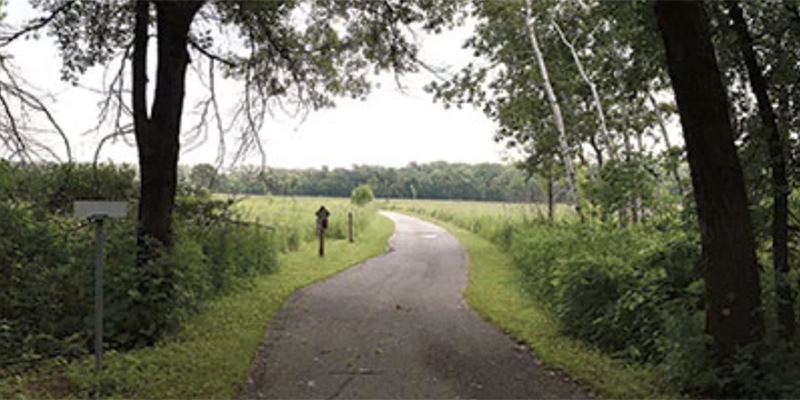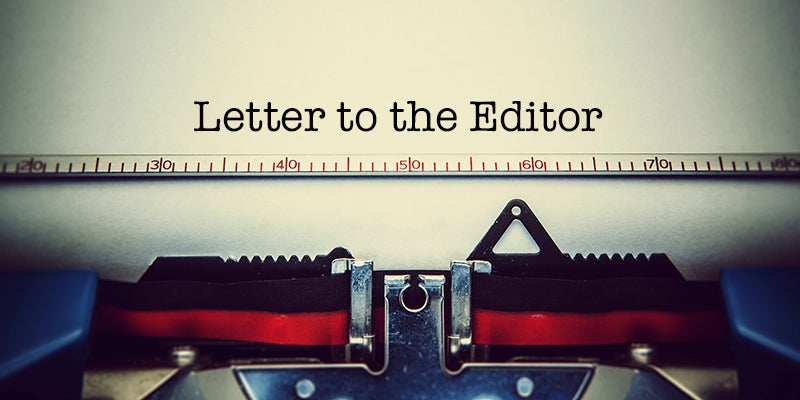Other’s Opinion: Broadband: Robust investment needed in rural areas
Published 6:30 am Wednesday, March 3, 2021
|
Getting your Trinity Audio player ready...
|
The Free Press, Mankato
Agreement between Republicans and Democrats at the Minnesota Legislature for robust investment in broadband is win-win for rural and outstate Minnesota.
Now we just have to agree how big we should go. Democrats, independents and Republicans favor at least a $120 million investment in broadband projects in Minnesota for the next two years. That is double the $20 million to $30 million annual investments made in the past.
Gov. Tim Walz initially proposed $50 million for one year, but earlier this month, DEED Commissioner Steve Grove said the investment would be upped should the state’s financial picture improve. That happened Friday with a new forecast showing the state would have a $1.6 billion surplus for the next two years instead of a $1.3 billion deficit.
That’s good news, and Walz and his team should immediately up their broadband investment to at least the $120 million proposed by Democrats and Republicans. Sen. Tom Bakk, who was once Senate DFL Majority leader and who now is an independent, co-sponsored a bill with the Republican majority in the Senate to fund broadband at $120 million. That was the figure recommended by the Governor’s Broadband Task Force and that’s the reason they proposed that figure, Bakk told MinnPost.
Minnesota also will receive $408 million over six years in federal funding for broadband.
But some argue, even that figure may not be enough. The pandemic brought to light the stark inequities in access to broadband in rural areas. Kids on distance learning couldn’t connect up to their lessons. Parents working from home in rural areas were stalled.
While Minnesota will likely meet its goal of statewide connection for broadband with speeds of 25 Mbps download and 3 Mbps upload by 2022, some have argued that will not be fast enough.
In fact the 2020 task force report noted the 3 Mbps upload was “inadequate to support remote business and education needs and can no longer be considered high-speed broadband.”
The 2026 goal for statewide broadband would be 100/20 Mbps.
Currently, 83 percent of rural Minnesota has access to 25/3 Mbps while 92.47 percent of the entire state has access.
Rural areas have been left behind, and the state now has the funds and political will to greatly expand broadband. It’s not only good political strategy, it’s a good economic strategy.





